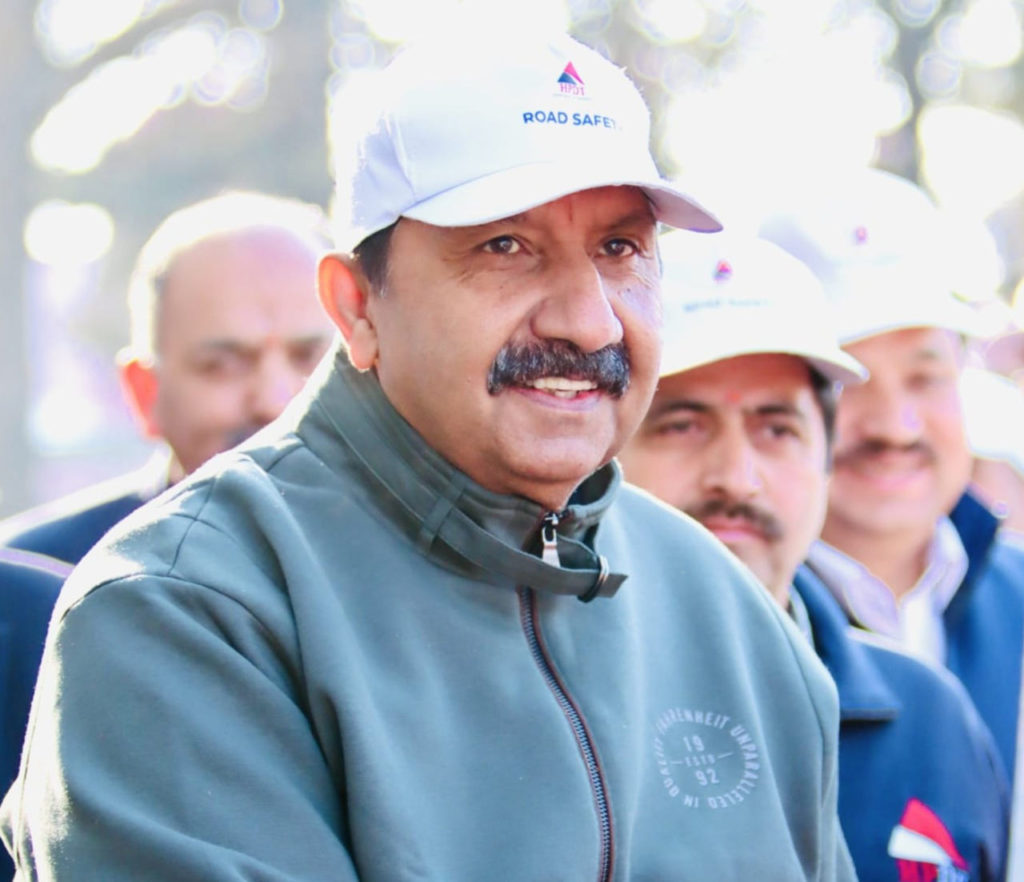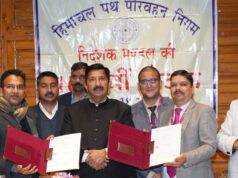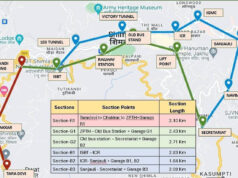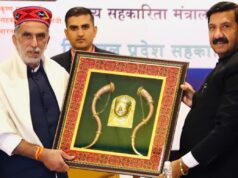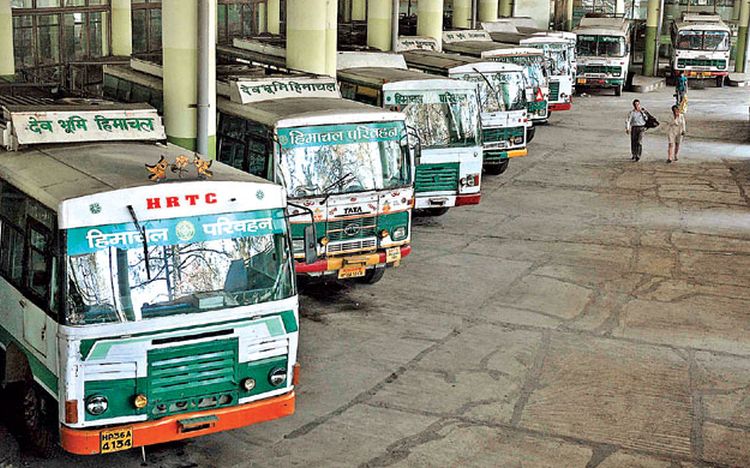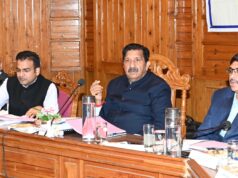In a groundbreaking move aimed at modernizing and streamlining the vehicle passing process, the Himachal Pradesh state government is ushering in a new era by transitioning to automated testing centers. This strategic shift marks the end of the conventional role played by Motor Vehicle Inspectors (MVI), as the Transport Department takes a bold step forward.
To implement this transformative initiative, the government has called upon private companies to submit applications for the establishment and operation of automated testing stations. The plan includes deploying these state-of-the-art facilities across every district in the state, reflecting a commitment to making the passing process more efficient and transparent.
Annually, a substantial number of vehicles, ranging from private to commercial, undergo the passing process in Himachal Pradesh—between 80,000 to one lakh. The upcoming changes are designed to not only keep pace with technological advancements but also to set new standards in the realm of transportation regulations.
As part of this transition, the government is set to establish 12 automated testing centers, strategically distributed across the state’s 12 districts. The prerequisites for each center include a minimum land area of 4100 square meters, available for lease for 10 years. Notably, strict regulations prohibit individuals associated with vehicle manufacturing, automobile dealership, or vehicle repair from operating these testing centers, ensuring an impartial inspection process.
Effective this year, traditional MVI inspections will be replaced by computerized automatic testing stations. These cutting-edge centers will assess the drivability of vehicles, departing from the standards traditionally employed by MVIs. The transition to a computerized inspection process is expected to introduce enhanced transparency, offering a meticulous and objective evaluation of a vehicle’s fitness.
In the event of any defects identified during the automated inspection, vehicle owners will be granted an opportunity to rectify the issues. However, if a vehicle is deemed irreparable after a second examination, it will be officially declared as scrap.
The scope of these automated testing stations is extensive, covering a wide array of vehicles—from two-wheelers to heavy-duty vehicles. Two-wheelers, three-wheelers, light vehicles, and heavy vehicles will all undergo meticulous scrutiny at these advanced testing facilities.
This shift towards automated vehicle passing signifies not only a technological leap but also underscores a commitment to enhancing road safety and standardizing the inspection procedure. Anticipated to make the passing process more accessible, accountable, and efficient, this move sets a new benchmark in Himachal Pradesh’s transportation regulations, heralding a future where innovation meets responsibility.


